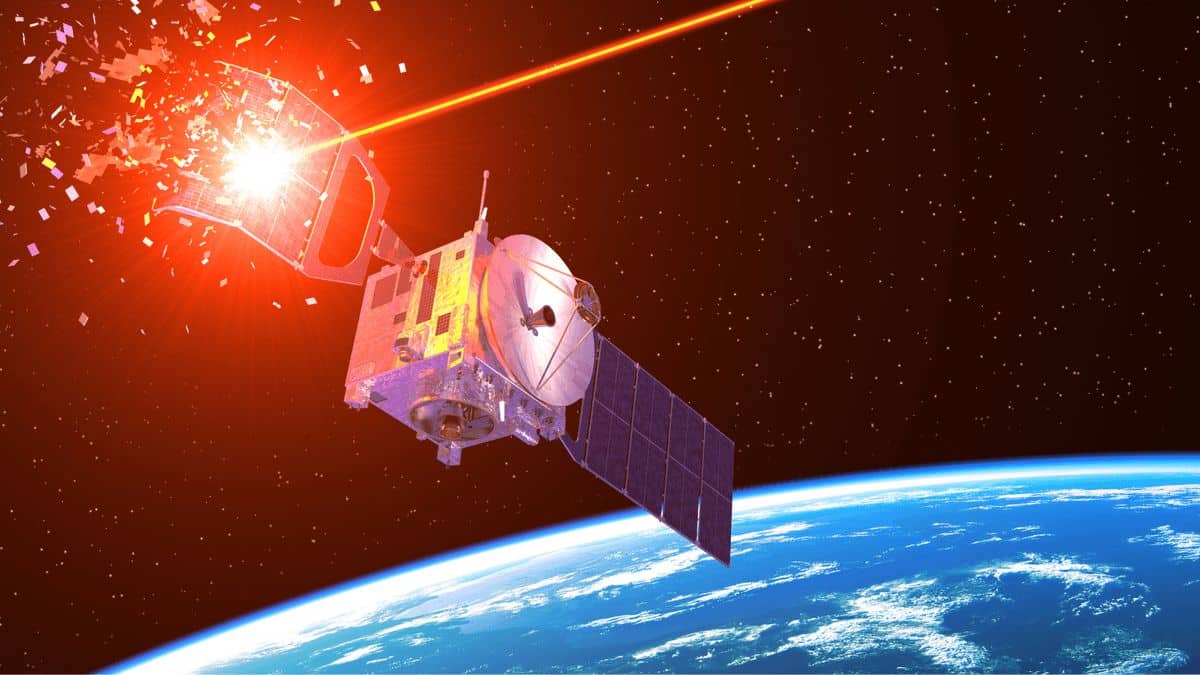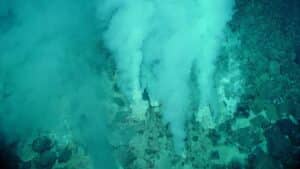The recent discovery of a massive fusion laser complex in Mianyang, China has sent ripples through the international scientific and defense communities. Satellite imagery analyzed by U.S. experts reveals a facility potentially surpassing America’s National Ignition Facility (NIF) in scale and capability. This development raises critical questions about China’s intentions in fusion research and its implications for global energy solutions and nuclear security.
China’s ambitious fusion project revealed
Satellite images captured during recent U.S. surveillance operations have uncovered an extensive construction site in Mianyang. The facility, officially named the Laser Fusion Major Device Laboratory, features a distinctive four-armed design with lasers converging on a central experimental chamber. According to analysis by CNA Corp and the James Martin Center for Nonproliferation Studies, this Chinese facility could exceed the size of America’s NIF by approximately 50 percent in experiment chamber dimensions.
The architectural layout suggests sophisticated engineering intended for high-energy physics experiments. Each arm houses powerful lasers designed to focus on hydrogen isotopes placed in the central chamber, creating conditions necessary for nuclear fusion. This approach mirrors the inertial confinement fusion technique pioneered at Lawrence Livermore National Laboratory but apparently scaled up considerably.
The timing of this discovery coincides with increased global competition in fusion energy research, with China making significant investments across multiple fusion approaches including:
- Inertial confinement fusion (laser-driven)
- Magnetic confinement fusion (tokamak designs)
- Hybrid fusion-fission systems
- Advanced materials research for fusion containment
Animals Are Fleeing Yellowstone — Is the Supervolcano About to Wake Up?
For the First Time in 160,000 Years, This Rare Comet Will Be Visible Without a Telescope
Dual-use concerns: energy breakthrough or weapons advancement?
The Mianyang facility sits at the intersection of civilian energy research and potential military applications. Fusion energy represents the holy grail of clean power generation—harnessing the same process that fuels our sun to create virtually limitless energy without carbon emissions or radioactive waste. However, the same scientific principles and technological developments that enable fusion energy breakthroughs can enhance nuclear weapons capabilities.
William Alberque from the Henry L. Stimson Center notes that facilities like NIF allow nuclear powers to refine weapon designs without conducting prohibited underground tests. This capability becomes particularly relevant under the Comprehensive Nuclear-Test-Ban Treaty (CTBT), which both China and the United States have signed.
Former Los Alamos National Laboratory director Siegfried Hecker provides nuanced perspective, suggesting that China’s relatively limited nuclear test history means their fusion research might serve different purposes than America’s program. While the U.S. uses fusion experiments primarily to maintain existing arsenal reliability, China might be seeking to close technological gaps.
| Country | Major Fusion Facility | Primary Research Focus |
|---|---|---|
| United States | National Ignition Facility | Energy research, stockpile stewardship |
| China | Laser Fusion Major Device Laboratory | Energy independence, possible military applications |
| France | Laser Mégajoule | Nuclear deterrent maintenance, fusion energy |
A Secret Ocean 700km Underground? Scientists Confirm Stunning Discovery
A Combustion Engine That Pollutes Nothing: 440 Horsepower and Only Water as Output
Scientific advancements amid geopolitical tensions
The Mianyang facility represents more than just technological achievement—it symbolizes shifting global power dynamics in advanced scientific research. Dr. Omar Hurricane, Chief Scientist at Lawrence Livermore’s fusion program, acknowledges that multiple nations including France, Russia, and the United Kingdom pursue similar research paths. This creates a complex landscape where scientific collaboration competes with national security interests.
The challenge facing international relations involves balancing legitimate scientific advancement with proliferation concerns. Fusion technology offers potential solutions to humanity’s energy crisis while simultaneously raising questions about weapons development. This tension becomes particularly acute as China positions itself as a leader in multiple cutting-edge technologies.
Chinese authorities have not officially commented on the facility’s specific purpose, though the country’s broader energy strategy emphasizes reducing fossil fuel dependence. Whether this massive investment prioritizes energy independence or strategic military capability remains unclear, though most experts believe it likely serves both objectives to varying degrees.
As monitoring continues, the international community faces difficult questions about how to encourage beneficial scientific progress while preventing destabilizing military applications. The Mianyang fusion laser complex ultimately represents both remarkable scientific ambition and a potent reminder of technology’s dual-nature in our interconnected world.







